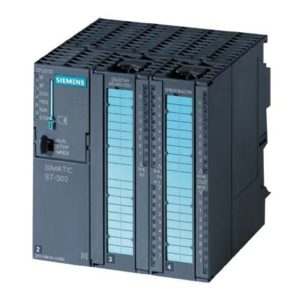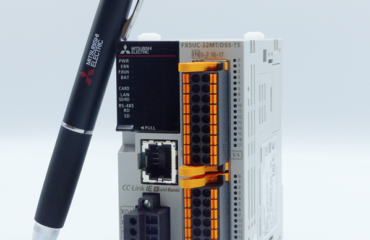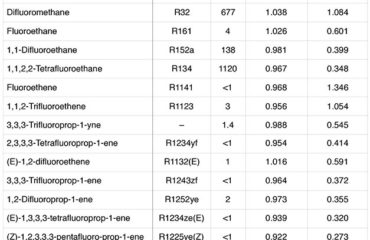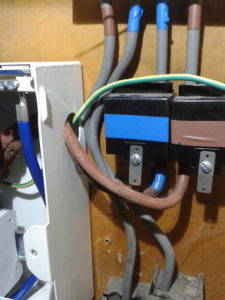 One of the biggest bugbears of plant managers is the cost of upgrading or replacing devices and equipment. While this has traditionally only occurred due to a breakage, the rise of the internet of things (IoT) has driven a need for cross-compatible equipment — in most cases calling for the costly replacement of legacy systems to ensure communication. This article explores how businesses can keep the cost of IoT implementation to a minimum.
One of the biggest bugbears of plant managers is the cost of upgrading or replacing devices and equipment. While this has traditionally only occurred due to a breakage, the rise of the internet of things (IoT) has driven a need for cross-compatible equipment — in most cases calling for the costly replacement of legacy systems to ensure communication. This article explores how businesses can keep the cost of IoT implementation to a minimum.
Whether you think of it as industry 4.0 or the IoT, the concept of machine to machine internetworking is undeniably the most talked about technological development of recent times. In fact, forecasts have predicted the market for the IoT to be worth $14.4 trillion USD by 2022.
However, while the benefits and rising value of IoT are widely discussed, there is an underlying problem for many plant managers in terms of device compatibility. Any businesses that have operated for several decades will have accumulated several legacy systems in that time, few of which will be immediately compatible with one another. Plant managers will typically have to invest in new equipment to provide this cross-communication, the cost of which could outweigh foreseeable production benefits.
The reason upgrades are essential for interoperability is due to the communication protocols used by different devices. This is the language that equipment uses to transmit information to one another and, while some protocols are more common than others, this generally varies between device manufacturers.
Theoretically, successful implementation of IoT would therefore require every piece of equipment on a network to use the same protocol. Yet such a scenario would be near impossible to realise without a complete device overhaul, which would result in costly downtime while legacy programmable logic controllers (PLCs) or drives were being upgraded.
Fortunately, there is a solution to this dilemma. In order to ensure that systems can overcome the protocol barrier, plant managers can use a protocol converter. These connect to disparate devices that have conflicting protocols and transform the data being transmitted so that it is compatible with other devices.
For example, if a PLC operates using the Modbus communication protocol and it is intended to connect to several devices using another protocol such as Profibus, a converter would be necessary. Plant engineers simply connect all devices to the converter, allowing it to change incoming data signals to a format appropriate for the output systems.
However, the rate at which IoT is developing means that simply enabling communication between disparate devices is just one step towards a full solution. To truly improve effectiveness of IoT systems, plant managers must be able to monitor and control networks to minimise downtime and manage processes.
It is for this reason that protocol converters are now being designed to offer more comprehensive functionality. For example, control specialist Red Lion has created the data station plus (DSP) to not only convert protocols but also to log transmitted data and synchronise it to a built-in web server. This allows plant managers to access performance information remotely, as well as generate probability analyses.
With this extra functionality, plant managers not only avoid the cost of upgrading but can also avoid the expense of downtime by monitoring performance. An all-in-one product such as the DSP means that engineers can handle network maintenance and data management from one piece of equipment, further boosting efficiency. After all, isn’t high efficiency at low cost one of the cornerstones of IoT?
Source: http://www.automation.com/portals/factory-discrete-automation/programmable-logic-controller-plc/the-lions-share-of-iot-communication-making-legacy-systems-iot-compatible




